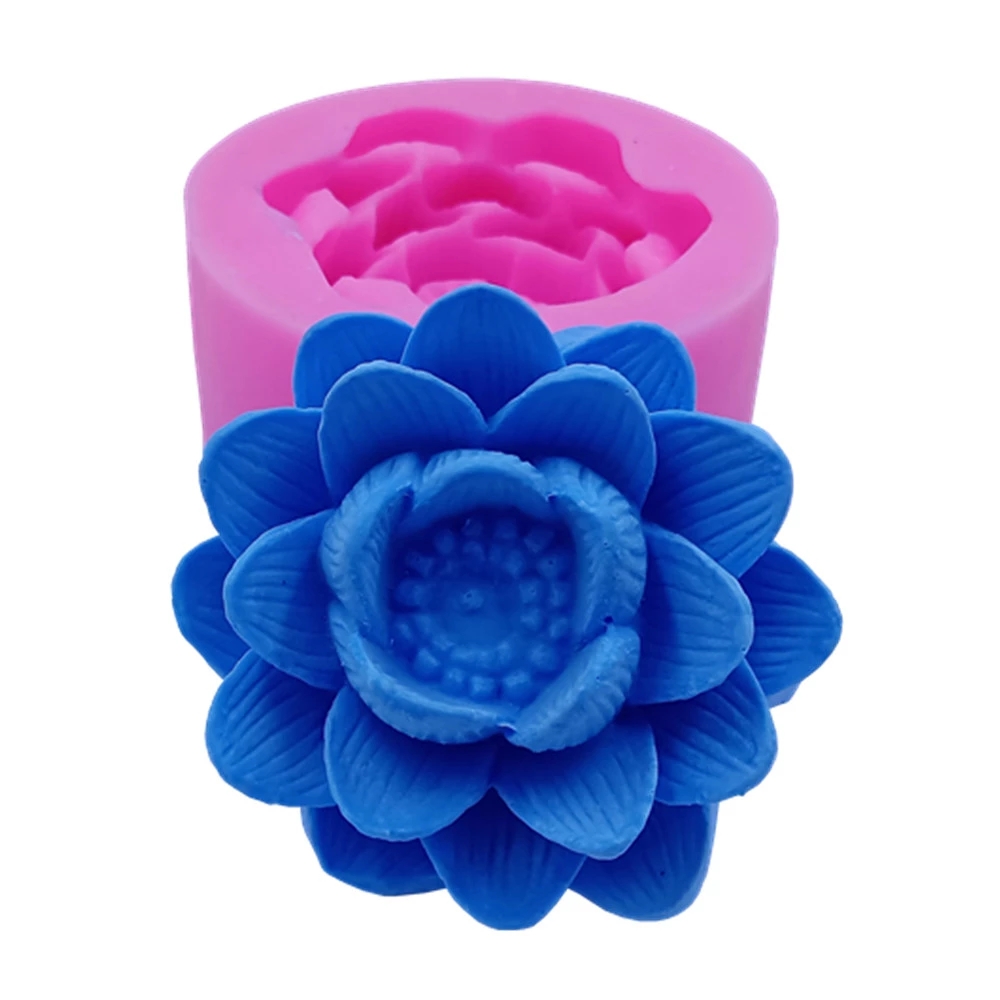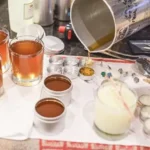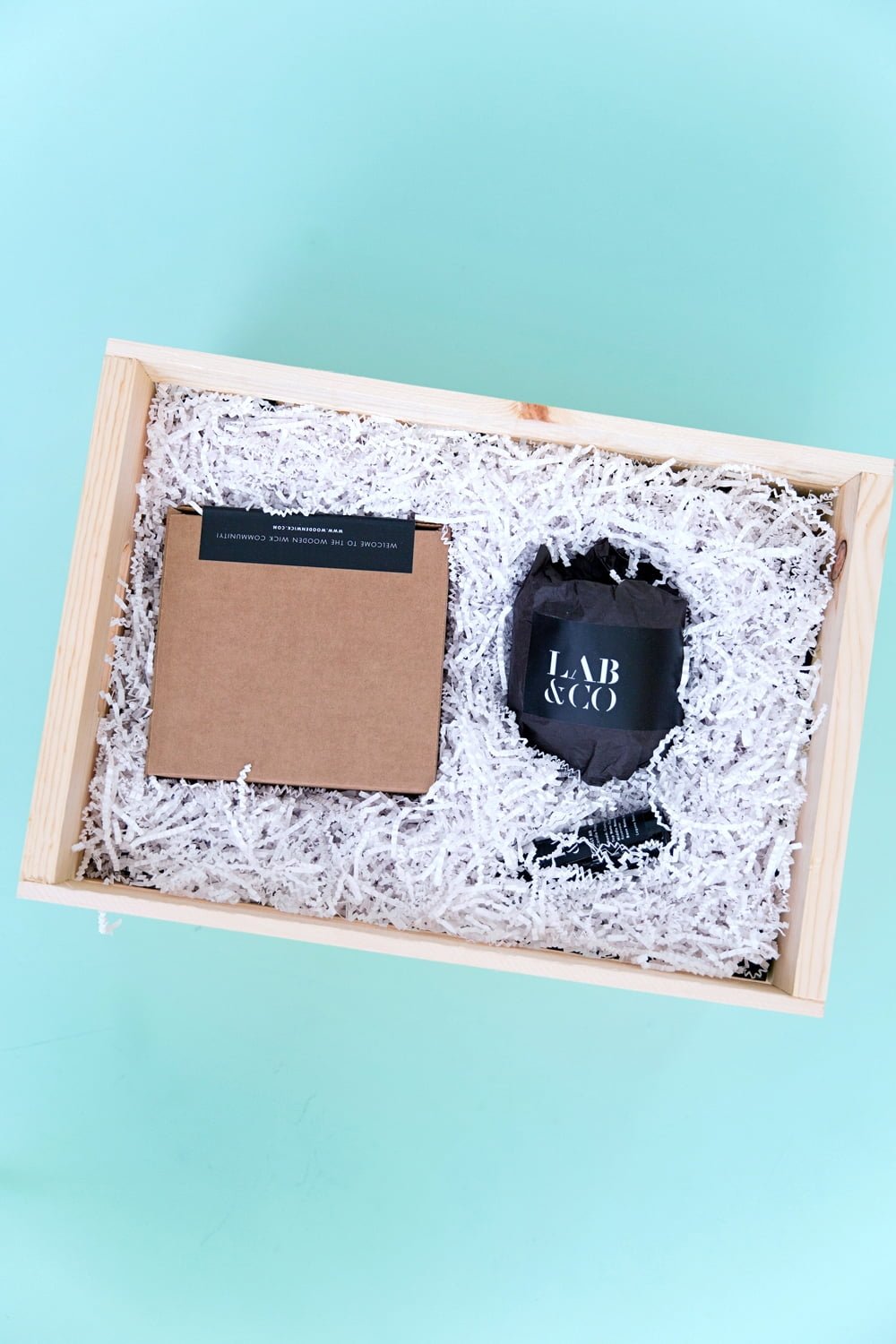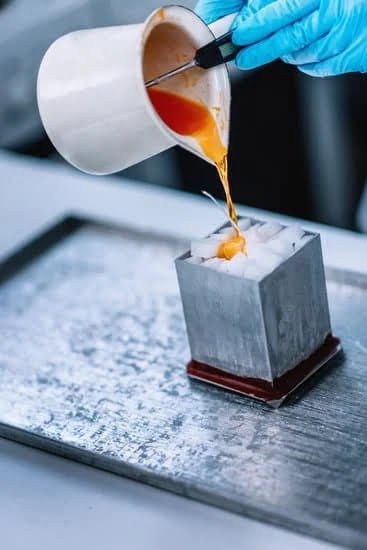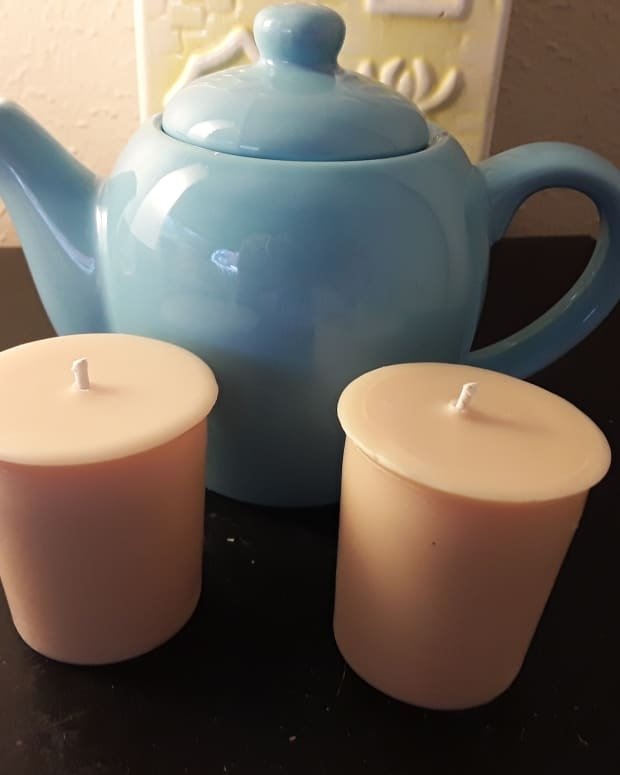Candle making is a centuries-old craft that continues to captivate and inspire enthusiasts around the world. In this article, we will delve into the intricate world of DIY candle making at home, exploring the step-by-step process, essential tools, and materials needed, as well as various creative ways to enhance your homemade candles.
Engaging in DIY candle making at home not only allows you to unleash your creativity but also provides numerous benefits. By crafting your own candles, you have full control over the ingredients used, ensuring a safe and natural product. Additionally, making your own candles can be a therapeutic and rewarding experience, allowing you to create personalized scents and designs tailored to your preferences.
As we dive deeper into the art of candle making, we will explore different types of wax commonly used in candle making and provide insights into selecting the right wax for your desired candle. Whether you prefer soy wax for its eco-friendly properties or paraffin wax for its exceptional fragrance throw, understanding the characteristics of each type will help you achieve the perfect blend for your DIY candles.
Benefits of Making Your Own Candles
Making your own candles at home can provide a sense of satisfaction and fulfillment that comes from creating something with your own hands. There are numerous benefits to engaging in DIY candle making, beyond just the joy of crafting. Here are some of the key advantages:
- Personalization: When you make your own candles, you have full control over the ingredients used, allowing you to create customized scents and colors that reflect your personal preferences.
- Cost-effective: Making candles at home can be a cost-effective hobby, especially when compared to purchasing high-quality candles from stores. By buying bulk materials and reusing containers, you can save money in the long run.
- Gift-giving: Homemade candles make for thoughtful and unique gifts for friends and family. You can tailor each candle to suit the recipient’s taste, making them feel special and appreciated.
Additionally, DIY candle making at home allows you to reduce waste by repurposing old containers or jars as candle holders, promoting sustainability in your craft projects. It also serves as a relaxing and therapeutic activity that can help alleviate stress and enhance mindfulness. Whether you are a beginner or an experienced crafter, the benefits of making your own candles are well worth the time and effort invested in this creative pursuit.
Understanding Different Types of Wax for Candle Making
When it comes to diy candle making at home, one of the key decisions you’ll need to make is choosing the right type of wax for your candles. There are several different types of wax available, each with its own unique characteristics and benefits. Here is a breakdown of some common types of wax used in candle making:
- Paraffin Wax: This traditional candle wax is affordable and readily available. It has a high scent throw and provides a smoother finish to candles. However, paraffin wax is not always the best option for those looking for natural or vegan-friendly alternatives.
- Soy Wax: Soy wax is a popular choice for eco-conscious candle makers as it is made from soybeans, making it a renewable and biodegradable option. It also burns cleaner and slower than paraffin wax, producing less soot.
- Beeswax: Beeswax is another natural option that has a sweet, honey-like aroma when burned. It produces a bright, steady flame and burns longer than other waxes. Keep in mind that beeswax can be more expensive than other options.
In addition to these types of wax, there are also blends available that combine different waxes to create specific properties in candles. Ultimately, the type of wax you choose will depend on your personal preferences, budget, and desired characteristics for your homemade candles.
When getting started with diy candle making at home, it’s important to have the right tools and materials on hand to ensure successful candle-making projects. Here is a list of essential items you will need before diving into the world of creating beautiful candles:
- Candle Wax (such as paraffin, soy, or beeswax)
- Candle Wicks
- Fragrance Oils or Essential Oils
- Candle Dye or Coloring Agent
- Candle Molds or Containers
- Double Boiler or Microwave-Safe Container for Melting Wax
- Stirring Utensil (such as a spoon or wooden stick)
- Thermometer
- Scale (for measuring ingredients accurately)
Having these tools and materials readily available will make the diy candle making process more efficient and enjoyable. Experiment with different types of wax and scents to create unique candles that reflect your personal style and creativity.
Essential Tools and Materials Needed for Diy Candle Making at Home
When it comes to embarking on your DIY candle making journey at home, having the right tools and materials is essential to ensure a successful and enjoyable experience. Here, we’ll delve into the key items you’ll need to have on hand before you begin crafting your own unique candles.
Candle Making Materials
First and foremost, you’ll need wax for your candles. There are different types of wax available, such as soy wax, beeswax, paraffin wax, and more. Each type of wax has its own characteristics and benefits, so it’s important to choose the one that best suits your preferences and needs. You’ll also need wicks, containers or molds for shaping the candles, and fragrance oils or essential oils if you want scented candles.
Candle Making Tools
To create your candles effectively, you’ll need certain tools that will aid in the process. Some basic tools include a double boiler or microwave-safe container for melting the wax, a thermometer to monitor the temperature of the wax, a stirring utensil like a wooden spoon or spatula, a scale for measuring ingredients accurately, and a heat source like a stove or microwave.
Safety Equipment
Safety should always be a top priority when working with hot wax and other materials during candle making. Be sure to have safety equipment on hand such as oven mitts or heat-resistant gloves to protect your hands from burns, safety goggles to shield your eyes from splashes, and an apron or protective clothing to prevent any spills from coming into contact with your skin.
By having the necessary tools and materials ready before you start your DIY candle making at home, you can set yourself up for success and enjoy the creative process with peace of mind.
Step-by-Step Guide to Making Your Own Candles
Candle making is a creative and rewarding activity that you can easily do at home. To start your DIY candle making at home, you will need some essential tools and materials.
These include wax (such as soy wax, beeswax, or paraffin wax), a double boiler or microwave-safe container for melting the wax, a thermometer to monitor the temperature, wicks, containers for the candles, fragrance oils or essential oils for scent, and color dye if you want to add color to your candles.
Once you have gathered all your materials, you can begin the candle making process. First, prepare your work area by covering it with newspaper or a disposable tablecloth to catch any spills. Next, measure out the amount of wax you will need based on the size of your container and melt it in your double boiler or microwave. Make sure to heat the wax to the appropriate temperature according to the type of wax you are using.
After the wax is melted and at the desired temperature, add in your chosen fragrance oil and color dye if desired. Stir gently to ensure that everything is well combined. Then, carefully pour the wax into your containers with pre-tabbed wicks in place. Allow the candles to cool and harden completely before trimming the wick to about ¼ inch above the surface of the candle. Your homemade candles are now ready to burn and enjoy.
| Materials Needed | Tools Needed |
|---|---|
| Wax (soy wax, beeswax, paraffin wax) | Double boiler or microwave-safe container |
| Wicks | Thermometer |
| Fragrance oils/essential oils | Containers for candles |
Adding Fragrance and Color to Your Homemade Candles
One of the most enjoyable aspects of DIY candle making at home is the ability to customize your candles with different fragrances and colors. Adding fragrance to your homemade candles can create a relaxing ambiance, mask odors, or simply enhance the overall experience of burning the candle.
There are a variety of fragrance oils available for candle making, ranging from floral and fruity scents to warm and cozy aromas like vanilla and cinnamon. When choosing a fragrance for your candles, consider how it will complement the purpose or mood you want to achieve.
In addition to fragrance, adding color to your homemade candles can elevate their aesthetic appeal and create a visually striking display when lit. There are several options for coloring candles, including liquid dyes, dye chips, or natural colorants like spices or herbs.
Keep in mind that different types of wax may interact with colorants differently, so it’s essential to follow recommended guidelines for achieving the desired hue. Experimenting with different color combinations can also be a fun way to personalize your candles and unleash your creativity.
When adding fragrance and color to your homemade candles, it’s important to do so carefully and in moderation. Too much fragrance oil can affect the candle’s burn quality, while excessive dye can impact its appearance or even compromise safety.
Remember that less is often more when it comes to scenting and coloring candles. By taking the time to experiment with different combinations and finding what works best for you, you’ll be able to create unique and delightful candles that reflect your personality and style through the art of DIY candle making at home.
Creative Ways to Package and Present Your Diy Candles
When it comes to diy candle making at home, the fun doesn’t stop at crafting the candles themselves. One of the most exciting parts of creating your own candles is getting to personalize them with unique packaging and presentation. This not only enhances the overall aesthetic appeal of your candles but also makes them perfect for gifting to loved ones on special occasions.
Choose the Right Packaging
Selecting the right packaging for your diy candles can make all the difference in how they are perceived. Consider using glass jars, tin cans, or even mason jars for a rustic touch. You can also get creative with unconventional containers like teacups, vintage tins, or seashells for a more eclectic look. Remember that the packaging should complement the style and scent of your candles.
Add Some Personal Touches
To make your diy candles even more special, consider adding some personal touches to their packaging. You can tie a ribbon around the container, attach a small charm or tag with a personalized message, or even create custom labels with your own designs. These little details can make your candles stand out and show that you’ve put thought and care into creating them.
Create Gift Sets
Another great way to package and present your diy candles is by creating gift sets. Pairing a candle with other items like matches, incense sticks, bath salts, or handmade soap can elevate the overall gifting experience.
You can arrange these items in a gift box or basket and add some decorative fillers like shredded paper or fabric scraps for an extra touch of elegance. Gift sets are perfect for holidays, birthdays, housewarmings, or any other special occasion when you want to give someone a thoughtful homemade gift.
Safety Precautions and Tips for Candle Making at Home
Candle making can be a fun and rewarding hobby, but it is important to prioritize safety when working with hot wax and open flames. To ensure a safe candle making experience at home, there are several precautions and tips to keep in mind.
First and foremost, always work in a well-ventilated area to prevent the buildup of fumes from the melting wax. It is also crucial to use a double boiler or a dedicated wax melting pot to melt the wax, rather than direct heat sources such as stovetops or microwaves, which can pose fire hazards. Additionally, never leave melting wax unattended to avoid accidental spills or fires.
When handling hot wax, always use protective gear such as heat-resistant gloves and long sleeves to prevent burns. Keep a fire extinguisher within reach in case of emergencies, and make sure to have a clear workspace free from any flammable materials. It is also advisable to have a thermometer on hand to monitor the temperature of the melted wax and prevent overheating.
Furthermore, when adding fragrance oils or dyes to your candles, follow the manufacturer’s instructions carefully to avoid allergic reactions or skin irritations. Finally, trim wicks to an appropriate length before lighting your candles for optimal burning performance and safety. By following these safety precautions and tips for DIY candle making at home, you can enjoy creating beautiful candles while minimizing risks.
| Safety Precautions | Tips |
|---|---|
| Work in a well-ventilated area | Use protective gear when handling hot wax |
| Never leave melting wax unattended | Keep a fire extinguisher nearby |
| Avoid overheating of melted wax | Follow manufacturer’s instructions for fragrance oils and dyes |
Troubleshooting Common Candle Making Issues
When engaging in DIY candle making at home, it’s essential to anticipate and troubleshoot common issues that may arise during the process. One frequent problem that candle makers encounter is uneven burning, which can result from an improperly centered wick or not allowing the candle enough time to set correctly.
To prevent this issue, ensure that the wick is placed in the center of the container or mold before pouring the wax and allow ample time for the candle to cool and solidify evenly.
Another common challenge faced by novice candle makers is frosting on the surface of the finished candle. Frosting appears as a white, powdery layer on the outside of the candle and can occur due to rapid cooling or temperature fluctuations during the setting process. To minimize frosting, try insulating your candles while they are setting by placing them in a warm environment or using a heat gun to gently melt the top layer of wax after unmolding.
Sinking wicks are also a prevalent issue in DIY candle making. This occurs when the wick shifts or sinks into the wax as it cools, resulting in an uneven burn and reduced scent throw. To prevent sinking wicks, use wick holders or make sure to secure the wick in place with tape before pouring the wax. Additionally, choosing a proper-sized wick for your candle’s diameter can help maintain optimal burn performance and prevent sinking issues.
Conclusion and Inspiration to Start Your Diy Candle Making Journey
In conclusion, embarking on a DIY candle making journey at home can be a rewarding and enjoyable creative endeavor. By learning the art of candle making, not only do you get to express your creativity but you also have the opportunity to personalize the candles to your liking. The benefits of making your own candles are numerous, from being able to customize scents and colors to creating unique gifts for friends and family.
Understanding the different types of wax available for candle making is essential in achieving the desired results. Equipping yourself with the necessary tools and materials will make the process smoother and more efficient. Following a step-by-step guide will help you create beautiful homemade candles that you can be proud of. Adding fragrance and color allows you to further personalize your creations, making each candle unique.
As you delve into the world of DIY candle making at home, remember to prioritize safety by following precautions and tips. However, don’t let common issues deter you from pursuing this craft – troubleshooting problems is all part of the learning process.
So, gather your supplies, unleash your creativity, and start your DIY candle making journey today. Let your imagination run wild as you explore different techniques, fragrances, and packaging ideas to create stunning homemade candles that will fill your space with warmth and ambiance.
Frequently Asked Questions
What Do I Need to Make My Own Candles?
Making your own candles requires a few key ingredients and tools. You will need wax, fragrance oils or essential oils, wicks, a double boiler or microwave-safe container for melting the wax, a thermometer, a stirring utensil, containers to hold the candles, and possibly dyes for coloring.
Is It Cheaper to Make Your Own Candles?
In general, making your own candles can be cheaper than buying them from stores, especially if you plan on making candles regularly. By purchasing raw materials in bulk and reusing equipment like molds and utensils, you can save money in the long run. Additionally, homemade candles are often of higher quality than mass-produced ones.
What Is the Cheapest Way to Make a Candle?
The cheapest way to make a candle is by using basic materials like paraffin wax (the most affordable option), cotton wicks (which can be purchased in bulk at low cost), and skipping any additional scents or colors that may add to the expense. Simple containers like mason jars or tin cans can also help keep costs down.

Welcome to my candle making blog! In this blog, I will be sharing my tips and tricks for making candles. I will also be sharing some of my favorite recipes.

